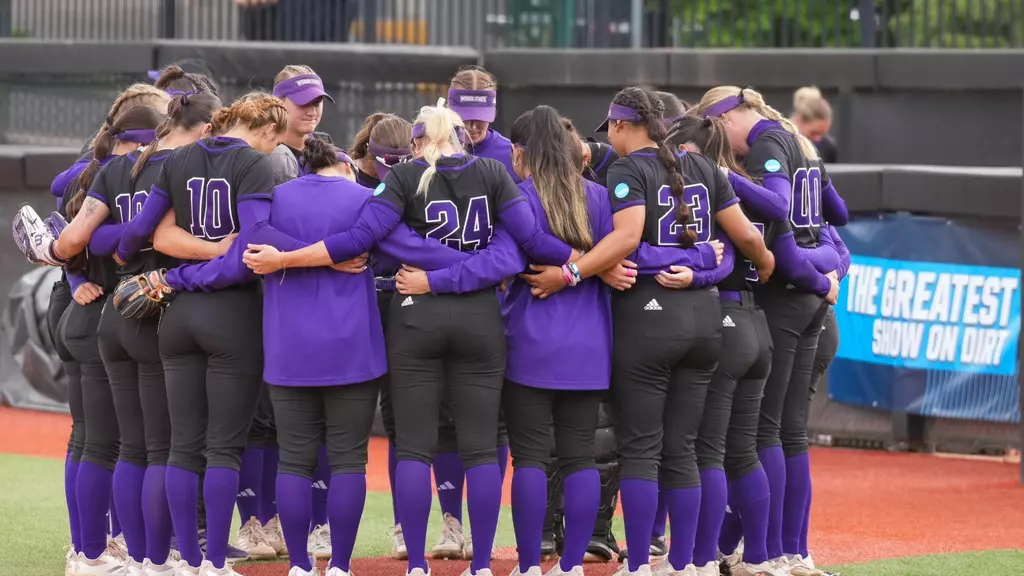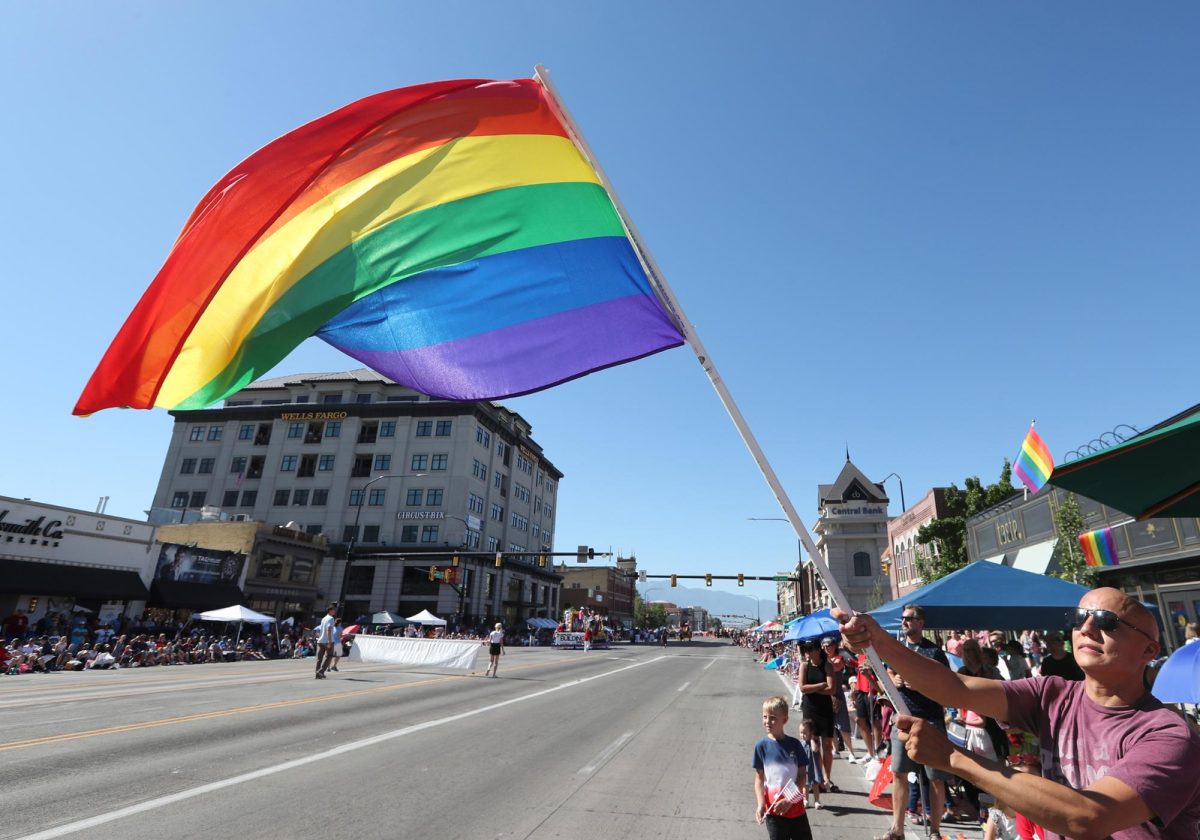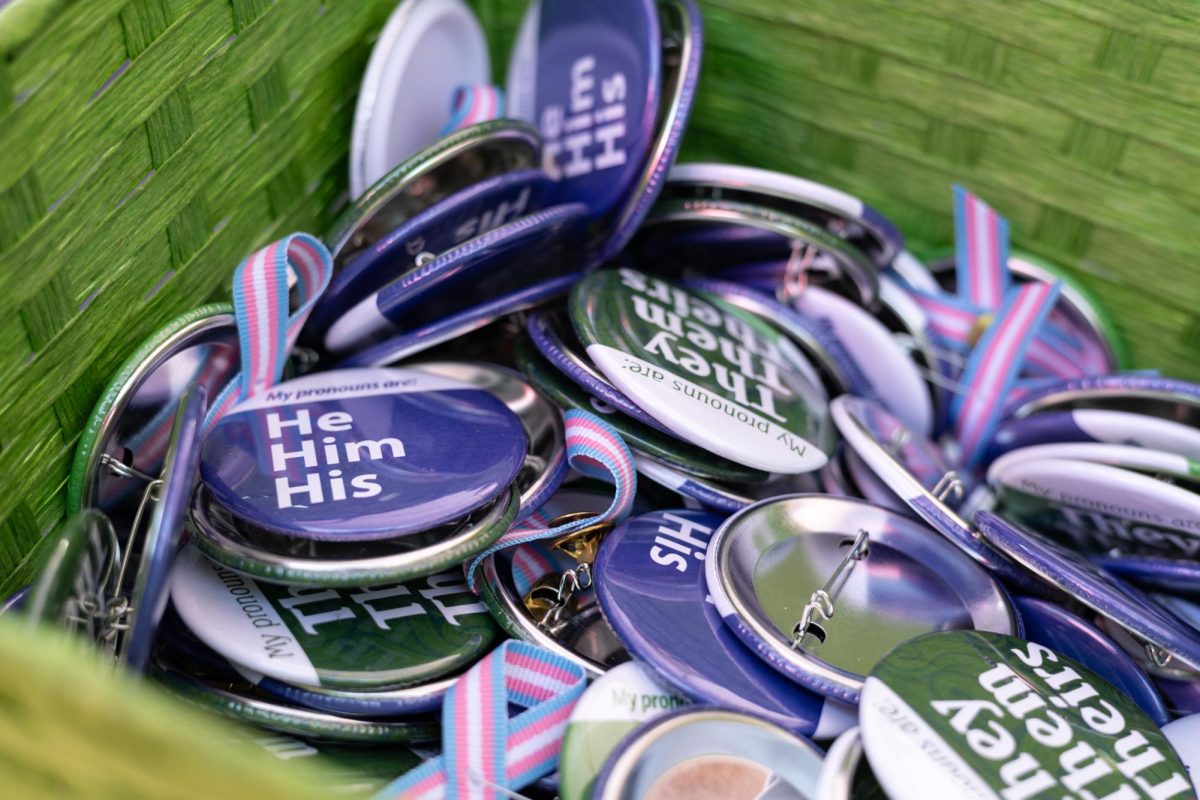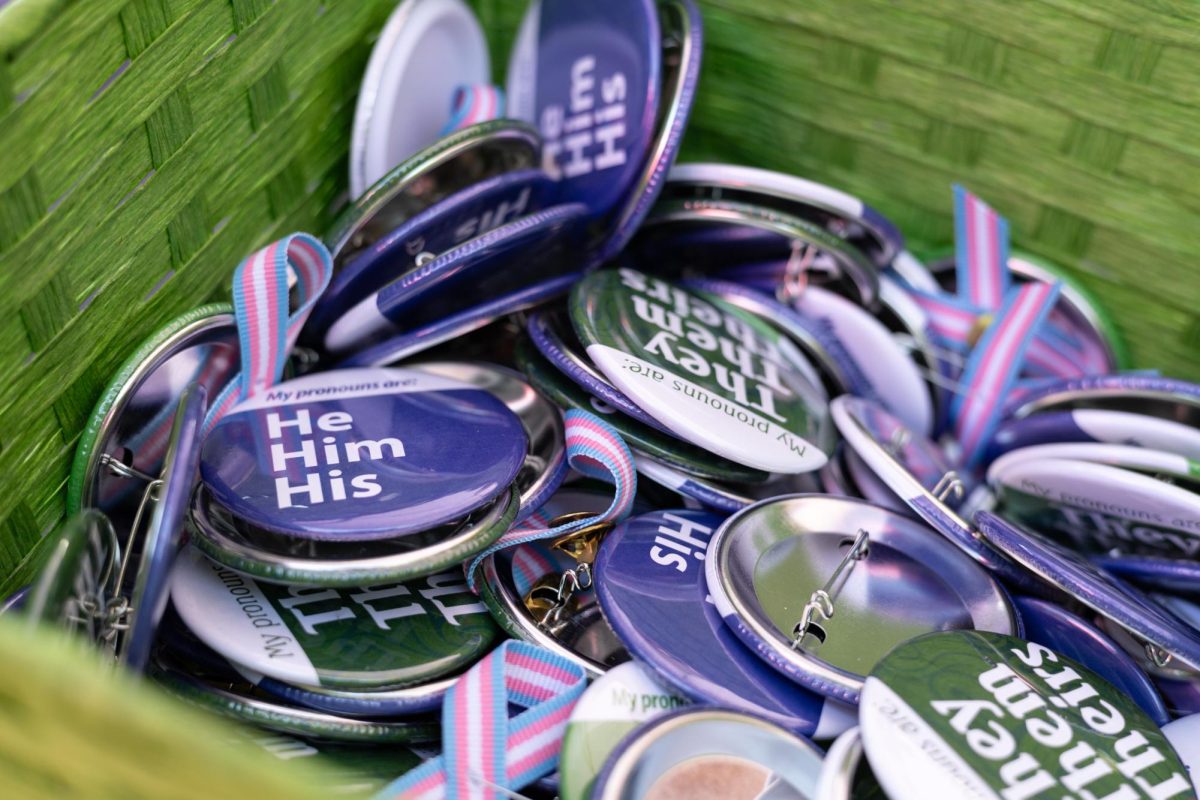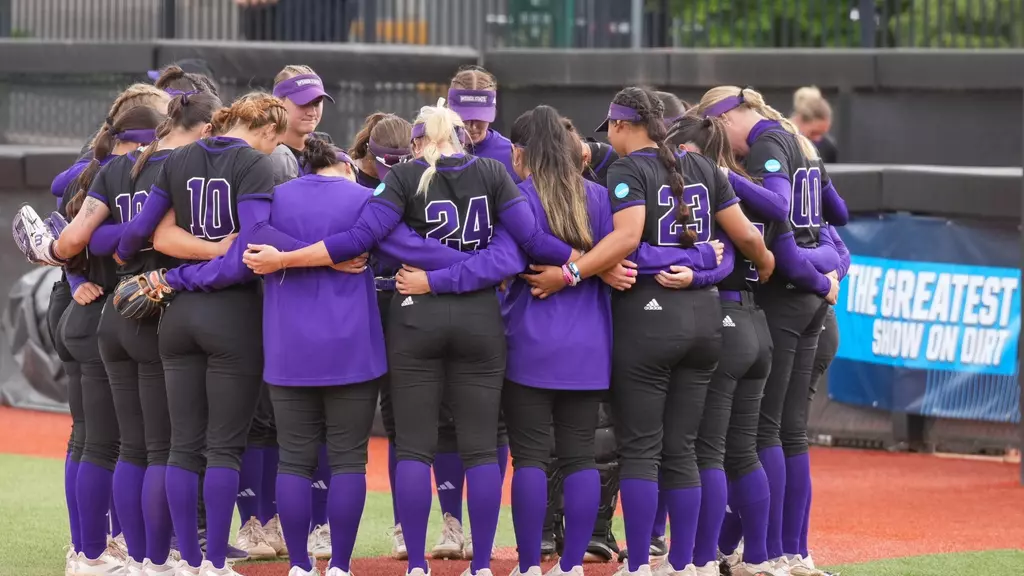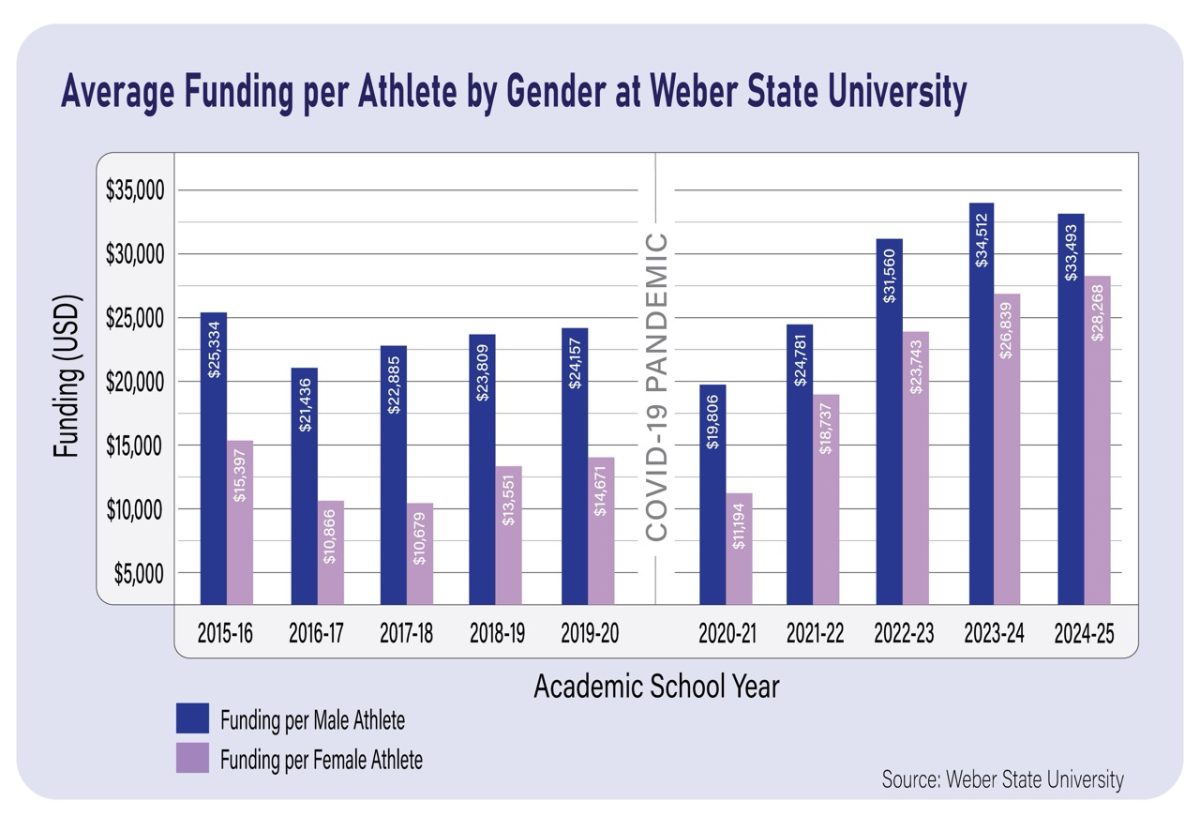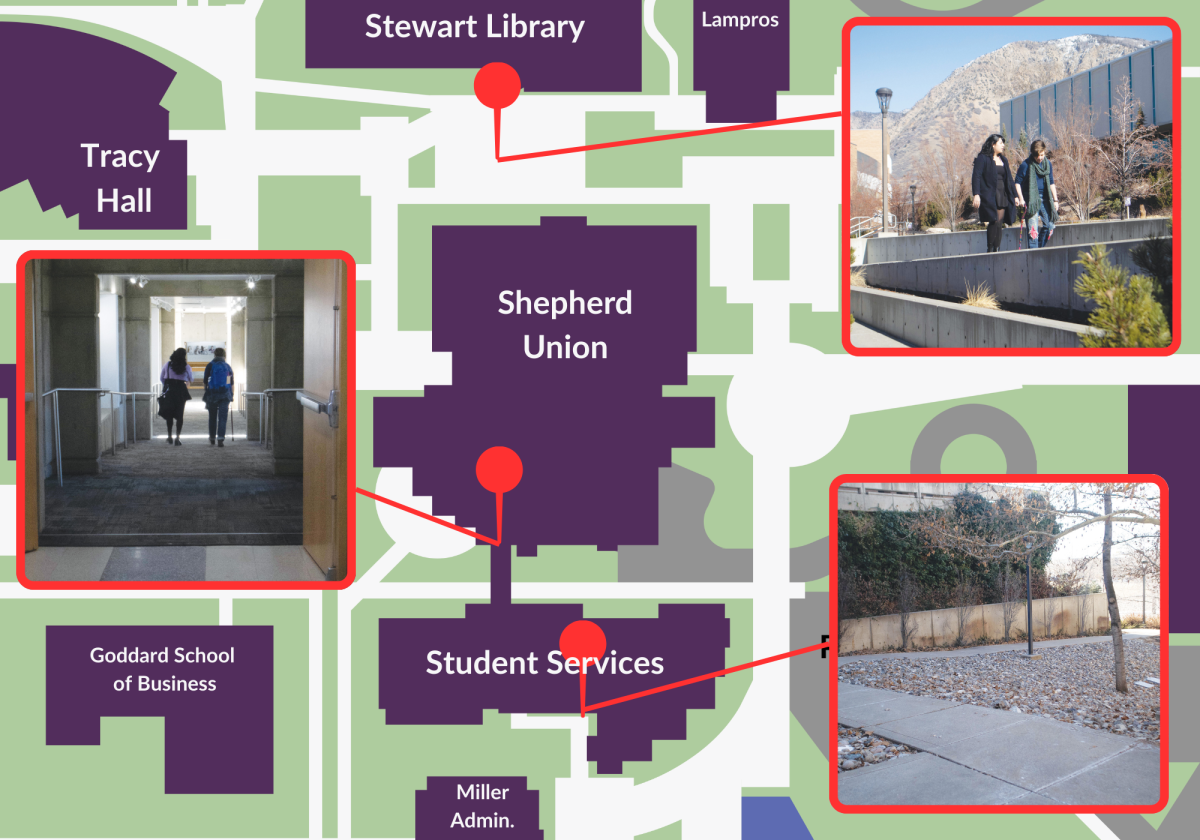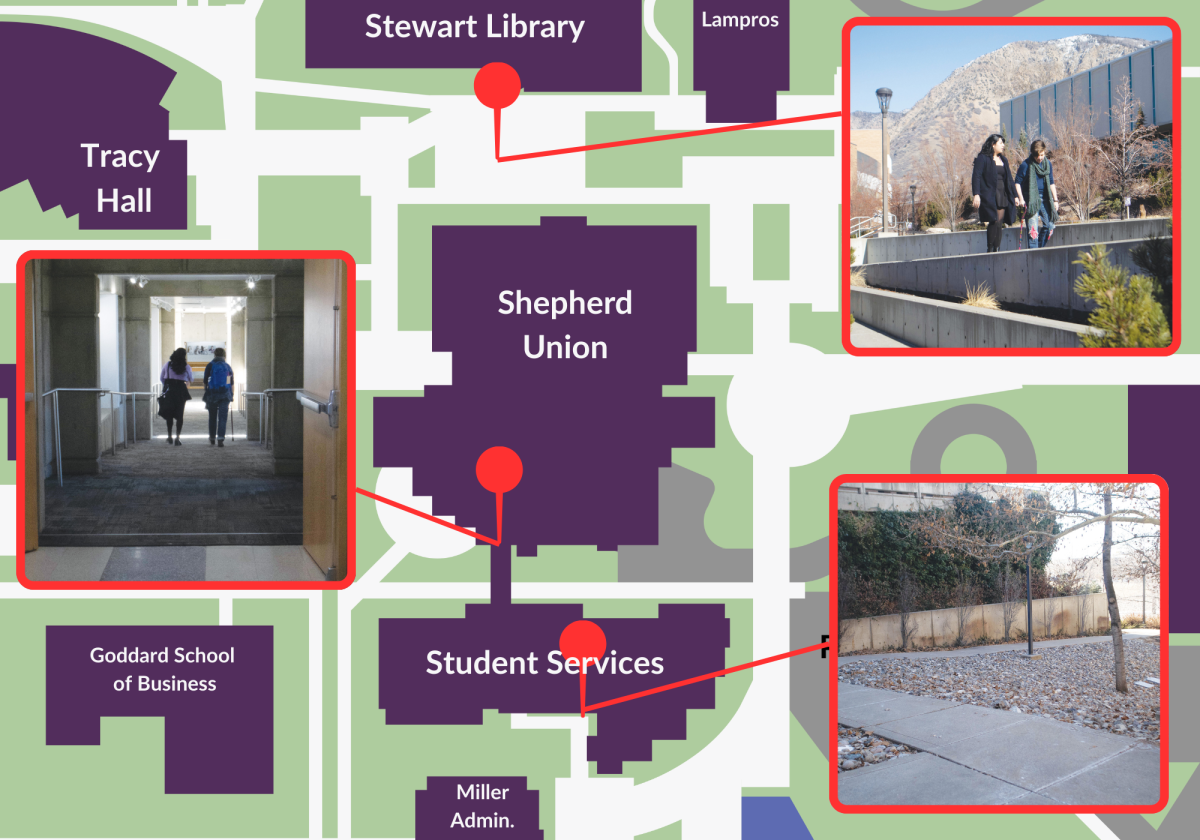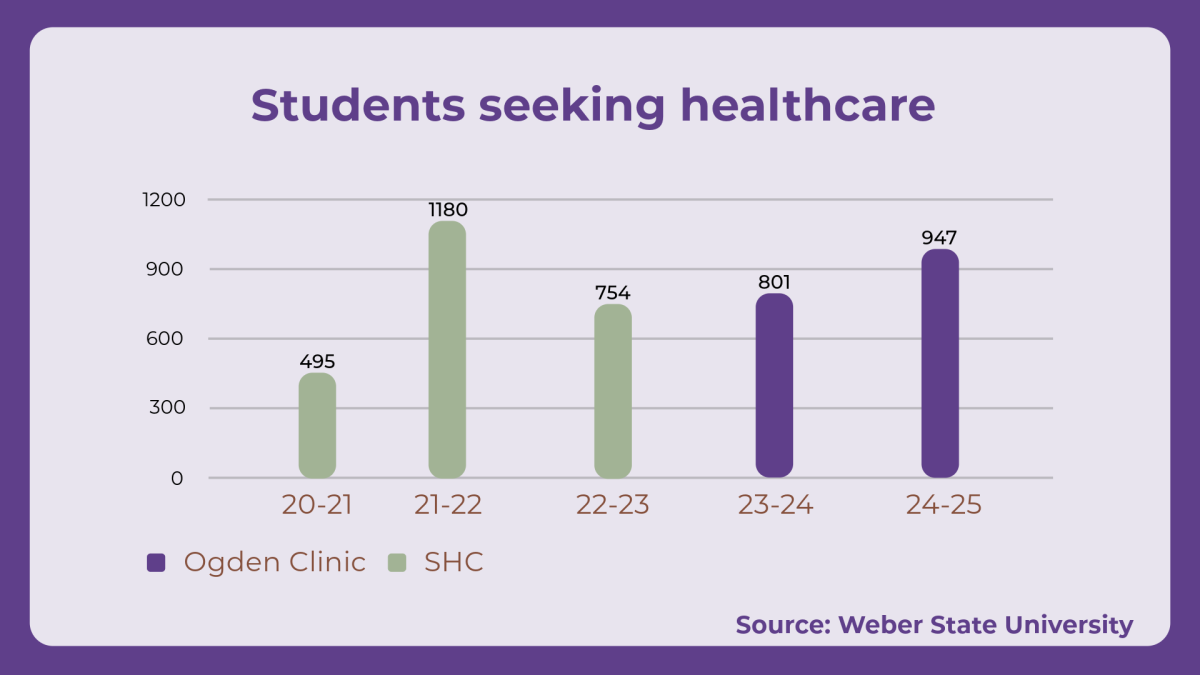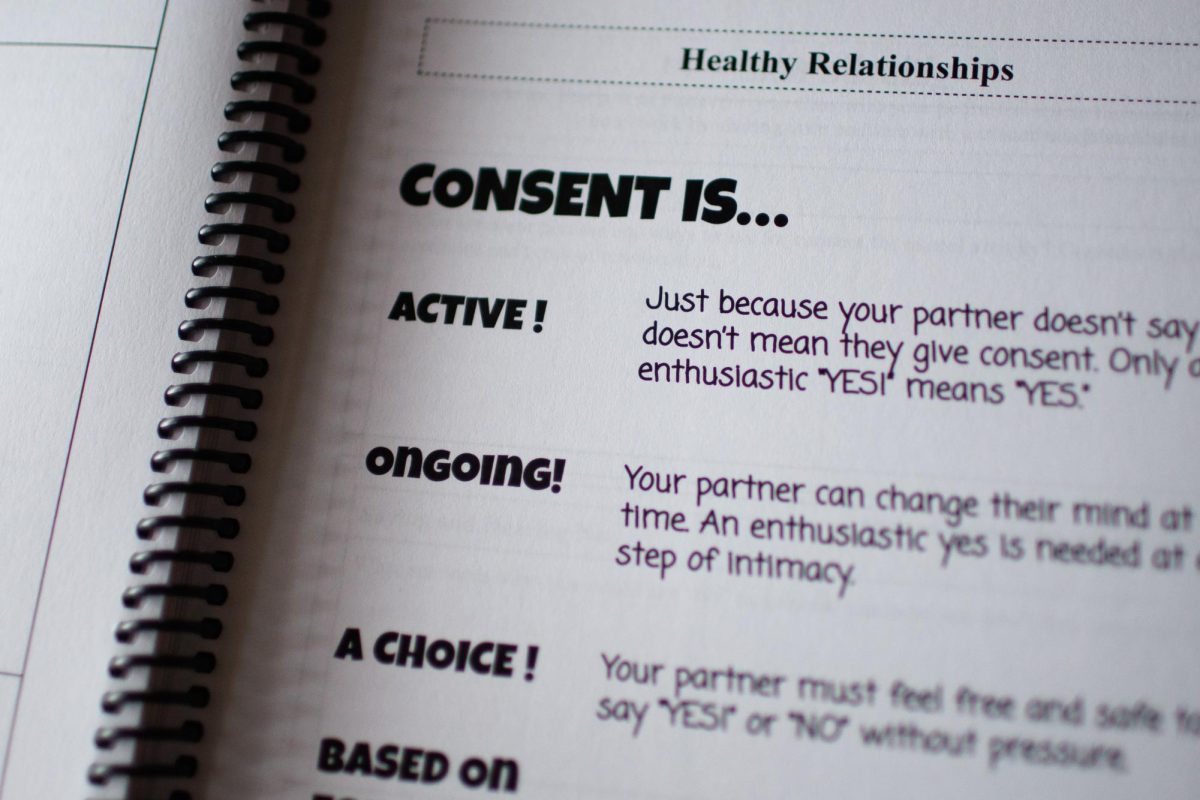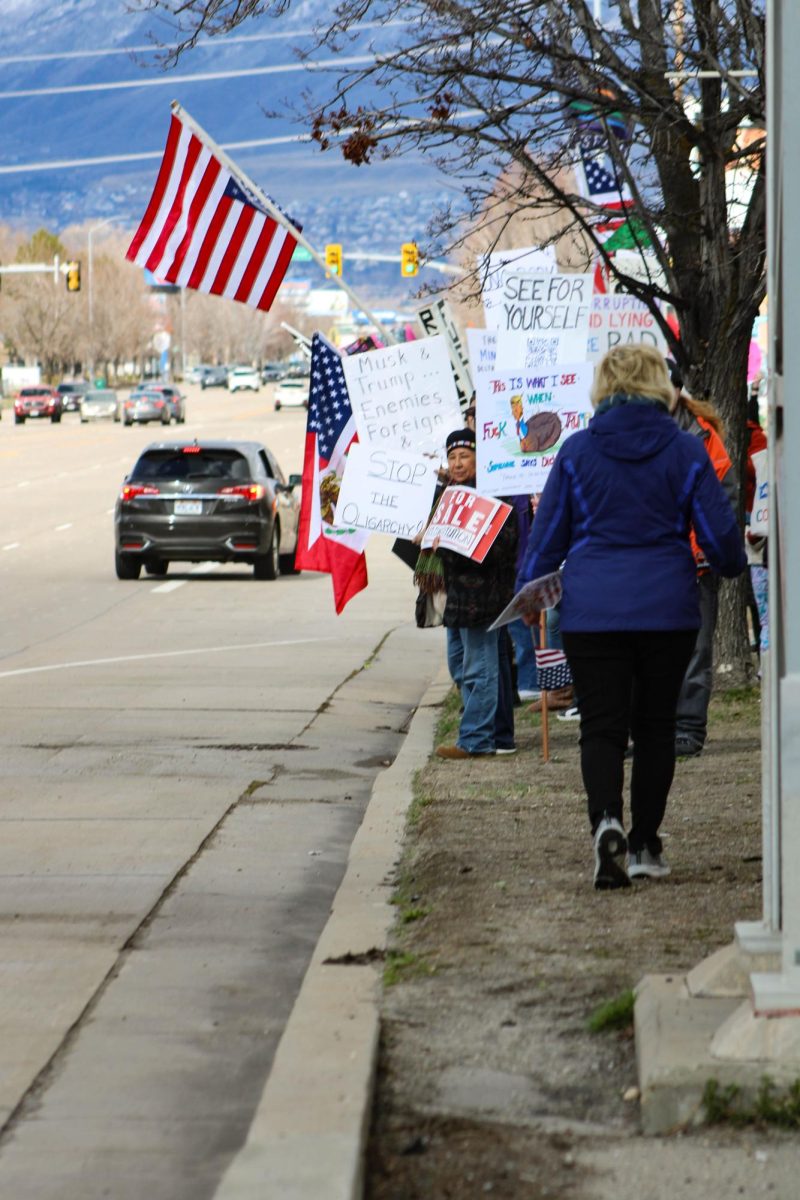
Volunteers armed with clipboards, flashlights and care bags scoured Ogden’s streets early Saturday morning in search of homeless dwellers in the final day of the Weber County Point-in-Time Count.
In an effort to address the homelessness problem in Utah, dozens gathered at Ogden’s Your Community Connection to pick up supplies and make their way to the streets. Starting at 4 a.m., groups were dropped off at various sections of the city to begin their trek back to the center.
Cathy Fuentes, a project coordinator and grants administrator for Ogden city, and her group were dropped off at the rose garden on the River Parkway by the mouth of Ogden canyon. As they followed the river, checking under bridges, through dark passageways and into open fields, the volunteers got to experience the bitter cold that some in Utah sleep in day to day.
“I think it really helps people become aware of the problem,” Fuentes said. “One of the things I’ve really appreciated is that the Weber County Homeless Coordinating Committee has made such a huge difference. I think that’s why the count shows reduction in homelessness because they’re really managing much better over the years. You can see that they’re coming together and they’re working together to make a difference.”
Brendan Willig, a project coordinator for Ogden’s development division said he had never really spoken to a homeless person before, so the experience for him was overwhelmingly good.
“This was a unique opportunity to encounter homeless people and ask them to tell their story. You get to learn about their story, who they are, because although they are homeless, they’re a person too, a human being, and these encounters humanize them,” Willig said. “Often times homeless people are just a number. They’re just there on the street, but this in a way humanized them.”
Any city receiving assistance from the U.S. Department of Housing and Urban Development (HUD) is required to focus on the problem of homelessness in its community. Fuentes writes all the HUD grants for the city, so she feels it is her responsibility and privilege to volunteer in the homeless count.
“This is my second year doing the count,” Fuentes said. “The experience is good, and I feel like it makes a difference in the community.”
The count is done in January because statistically it is the coldest time of the year, therefore many peopel will be sleeping in the homeless shelter, which also does a survey and head-count that is included in the data report. The strategy of the street count is to find those living in chronic homelessness. By having teams walking around in the early morning when people are less likely to be moving around as they would during the day, the teams can get a more accurate headcount.
The 2014 count was close to 35 said Point-in-Time Case Manager Pete Caldwell. “I believe as a community we had an estimated 66 people,” including those who chose not to fill out the survey questionnaire.
“We were expecting to find around 20 people this year, because we’re assuming that we’ve housed people throughout the course of the year,” Caldwell said. “If we count those who we encounter that were not interested in taking the survey then we probably reached a number this year around 25 to 30.”
Volunteers came for various reasons. Weber State University psychology major Adriana Munoz, who did the count all three days, said she volunteered for her sociology class project. Now that she has participated, she said she will be volunteering in the Ogden community more often.
“It was a really good experience because you got to meet different people, and you got to talk to them and see how some people are living,” Munoz said. “It’s really nice to know you can help them. It’s a good feeling to know that you’re out there, and you’re trying to make a difference. You can learn a lot from that.” She added that by volunteering you can discover things about yourself you maybe didn’t know.
“With homelessness, I think it’s something that you know about, but that doesn’t really settle in until you are out there and you see what they are experiencing,” Caldwell said. “Especially for students that come out. The younger people really get to see what’s going on in their community. You know there are homeless people that are out there. You see them when you’re driving and whatnot, but until you get to meet and talk to them or see where they’re living and what they’re up to at four in the morning, where they’re sleeping, it really doesn’t hit home.”
Caldwell said he appreciates the efforts WSU and it’s professors put into making students aware of the program. “We had a lot of volunteers this year. Things went really smooth, and we got some good contacts and some good leads, so overall it was a really good year for us,” he said.
Fuentes said one thing that helped with this year was the major contribution made by the McDonald’s corporation.
“I’d like to thank McDonald’s corporation for donating gift cards,” Fuentes said. “They were very generous this year, which provided us with an incentive for the homeless to take the survey. The survey is an amazing tool. It really gives us an idea of the extent of the problem, and they use that to help the most needy people that sometimes don’t want to present themselves for services. It’s a very important tool that they just started using this year.”
Caldwell started his work with homeless youth in Salt Lake City and said there are a variety of reasons people become homeless.
“There’s a lot of mental illness on the streets, substance abuse plays a part, and a lot of people are just down on their luck. They lose a job and can’t find a place. They don’t have a social support system, and they’re just on the streets trying to find a way out,” Caldwell said. “It really is eye-opening to see the way people live. They are in survival mode, living in a different world. The same place but a different world. So I think it’s been really nice to transition from youth to adults and to work in Utah honestly because were doing really well with our homelessness.”



